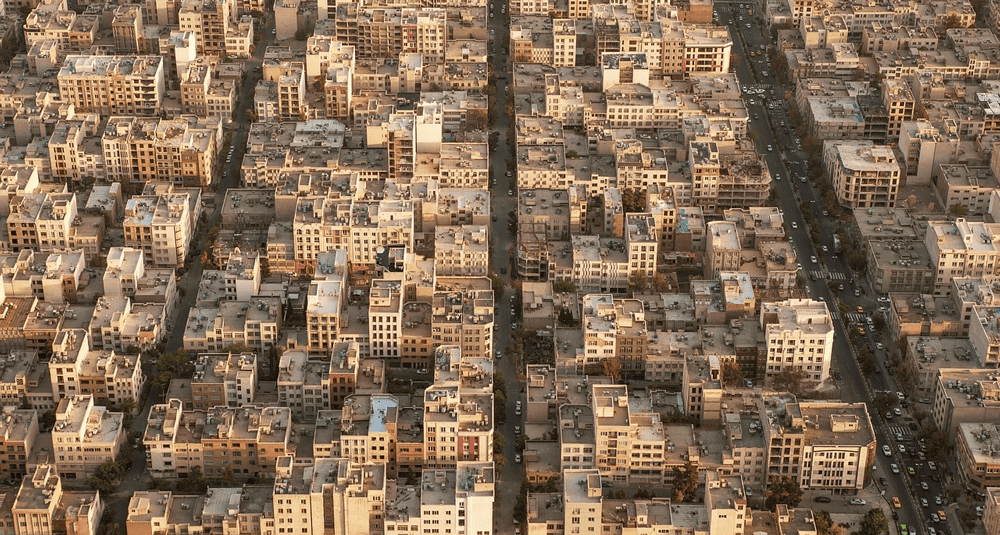What is the capital of Iran?
Last Updated:
Teheran, the capital of Iran, is a dynamic city in the north of the country, at the foot of the Elbourz mountains. With a population of around 9 million in the city itself and almost 15 million in the surrounding region, Tehran is by far the largest city in Iran and one of the largest in Western Asia. It is the political, economic, cultural and administrative center of the Islamic Republic of Iran.
Founded in the 9th century, Teheran began to grow rapidly in the 18th century, when the Qajar dynasty chose the city as the capital of the Persian Empire in 1786, replacing Isfahan. Since then, it has remained the heart of Iranian political power. Over time, Tehran has become an important national decision-making center, housing the main government bodies, the Iranian parliament (Majlis) and the official residences of political leaders, including the Supreme Leader.
Culturally, Tehran is a city rich in history and heritage. Numerous museums, palaces and monuments bear witness to its past. The National Museum of Iran, for example, contains an impressive collection of archaeological artefacts tracing the region’s thousand-year history. The Golestan Palace, a UNESCO World Heritage Site, is another architectural gem reflecting the sumptuous Qajar era.
Tehran is also known for its vast traditional bazaars, in particular the Grand Bazaar of Tehran, one of the oldest and largest covered markets in the world. This labyrinth of alleyways is home to hundreds of stores selling a wide variety of products, from Persian carpets to jewelry and spices.
However, despite its rich heritage, Tehran is also a modern metropolis, with many contemporary infrastructures. The city’s rapid development has led to the construction of skyscrapers, wide avenues and shopping malls, helping to make it a cosmopolitan city.
Economically, Tehran plays a central role as Iran’s main industrial and commercial center. The city is a major center for the oil and gas industries, as well as for other key sectors such as finance, automobiles and technology. Many major Iranian companies, both public and private, are headquartered here.
In environmental terms, Tehran lies at an altitude of between 1,200 and 1,700 meters, giving it a semi-arid continental climate. However, due to its high population density and increasing automobile traffic, the city faces serious air pollution problems. The problem is particularly acute in winter, when the region’s mountainous geography traps pollutants above the city, creating a dense layer of smog.
In terms of transport, Tehran boasts a rapidly expanding public transport network, including a modern metro that plays a key role in traffic management. Tehran’s metro network is one of the most extensive in the Middle East and continues to expand to meet the growing needs of the population.
Tehran is a city where ancient and modern meet. It is not only a center of political and economic power, but also an important cultural crossroads. Its growing population, rapidly developing infrastructure and historical importance make it an essential city for understanding the Iran of today.
You may also be interested in
geography

What is the capital of Iran?
Answer
The capital of Iran is Tehran. Located in the north of the country, it is the political, economic and cultural center of Iran, with a population of some 9 million.